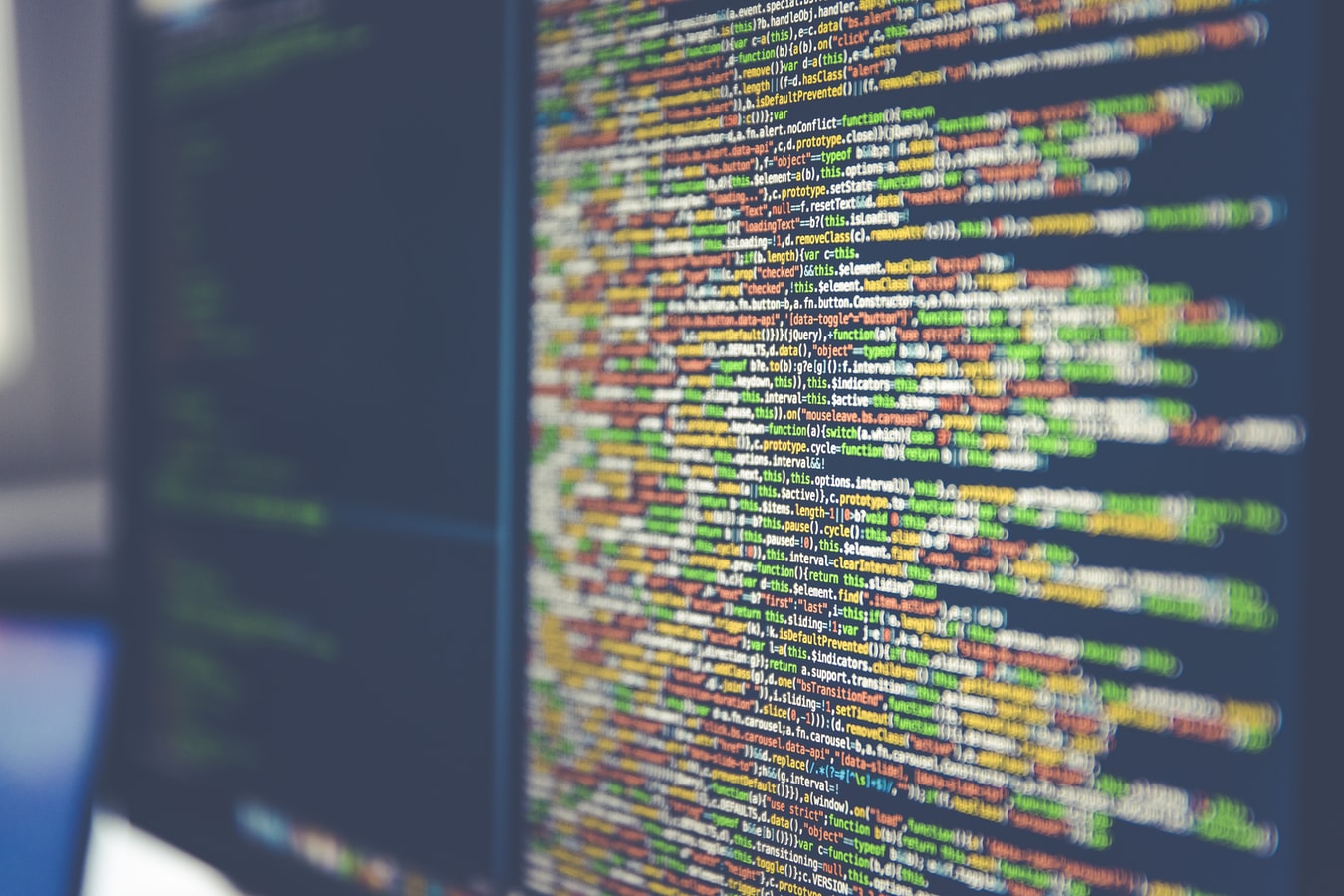Analog and Digital Communication ( IT-404 )
( IT- 4th Sem )

Objective
The study of communication systems starts with the concept of analog communication. In this course time and frequency representation of information is given. The objective of this course is to be familiar with the basic building blocks of communication systems such as modulator and demodulator. Different types of analog modulation techniques are given in this course.
Course Outcomes
After Completion of this Course students can:
- Understand the difference between Analog and Digital Signal and types of signals.
- Understand how information signal of low frequency can be transmitted with the help of modulation techniques over a long distance.
- Understand differentiate different modulation techniques such as AM, SSB, DSB and FM.
- Explain using block diagrams, modulation and demodulation techniques for digital signal and determine bandwidth requirement.
Course Content
Main Contents of this course which students needs to learn are:
- Signals and Systems: Block diagram of a communication system, signal-definition, types of signals continuous, discrete, deterministic, non-deterministic, periodic, non-periodic, energy, power, analog and digital signals. Electromagnetic Spectra, Standard signals- DC, sinusoidal, unit step, ramp, signum, rectangular pulse, impulse(delta) signal. System definition, classification of systems, linear, nonlinear, time variant, time invariant, causal, non causal, stable and unstable systems. Fourier transforms: Time domain and frequency domain representation of signal, Fourier Transform and its properties, conditions for existence, Transform of Gate, unit step, constant, impulse, sine and cosine wave. Shifting property of delta function, convolution, time and frequency convolution theorems.
- Amplitude modulation: Modulation, need of modulation, types of modulation techniques, amplitude modulation (DSB-FC), modulation index, frequency spectrum of AM wave, linear and over modulation, power relation in AM, transmission efficiency, modulation by a complex signal, bandwidth of AM, AM modulators, square law and switching modulator, advantages and disadvantages of AM. Demodulation of AM: Suppressed carrier amplitude modulation systems, DSB-SC, SSB-SC, VSB-SC systems, comparison of various amplitude modulation systems. Demodulation of AM, square law and envelope detector, synchronous detection of AM, Low and high power AM transmitters, AM receivers, TRF and superheterodyne receivers, sensitivity, selectivity and fidelity of receivers.
- Angle modulation: Introduction and types of angle modulation, frequency modulation, frequency deviation, modulation index, deviation ratio, bandwidth requirement of FM wave, types of FM. Phase modulation, difference between FM and PM, Direct and indirect method of FM generation, FM demodulators- slope detector, Foster seeley discriminator, ratio detector. Introduction to pulse modulation systems.
- Sampling of signal, sampling theorem for low pass and Band pass signal, Pulse amplitude modulation (PAM), Time division, multiplexing (TDM). Channel Bandwidth for PAM-TDM signal Type of sampling instantaneous, Natural and flat top, Aperture effect, Introduction to pulse position and pulse duration modulations, Digital signal, Quantization, Quantization error, Pulse code modulation, signal to noise ratio, Companding, Data rate and Baud rate, Bit rate, multiplexed PCM signal, Differential PCM (DPCM), Delta Modulation (DM) and Adaptive Delta Modulation (ADM), comparison of various systems.
- Digital modulations techniques, Generation, detection, equation and Bandwidth of amplitude shift keying (ASK) Binary Phase Shift keying (BPSK), Differential phase shift keying (DPSK), offset and non offset quadrature phase shift keying (QPSK), M-Ary PSK, Binary frequency Shift Keying (BFSK), M-Ary FSK Quadrature Amplitude modulation (QAM).
Book References
Some books which will help you to learn this course:
- Singh & Sapre, “Communication Systems”, TMH.
- Taub Schilling, “Principles of Communication Systems”, TMH.
- W. Tomasi “Electronic Communications Systems”, Pearson Education Pvt. Ltd.
- Taub & shilling, “Communication Systems”, TMH.
- Abhay Gandhi, “Analog and Digital Communication”, CENGAGE Learning.
List of Experiments
Some experiments which students can perform after completion of this course:
- AM Modulation and Demodulation (Envelope Detector).
- Frequency modulation using reactance modulator.
- Frequency modulation using varactor modulator.
- Pulse Amplitude Modulation and Demodulation.
- Pre-emphasis and De-emphasis.
- Analog Multiplexing.
- Amplitude Modulation using Pspice.
- Operation of ratio detector.
- Operation of foster-seeley loop detector.
Cousre Notes
For "Course Notes" you can refer our Notes Section for 2nd Year( Click Here )
